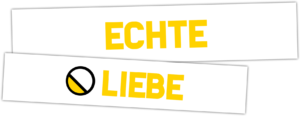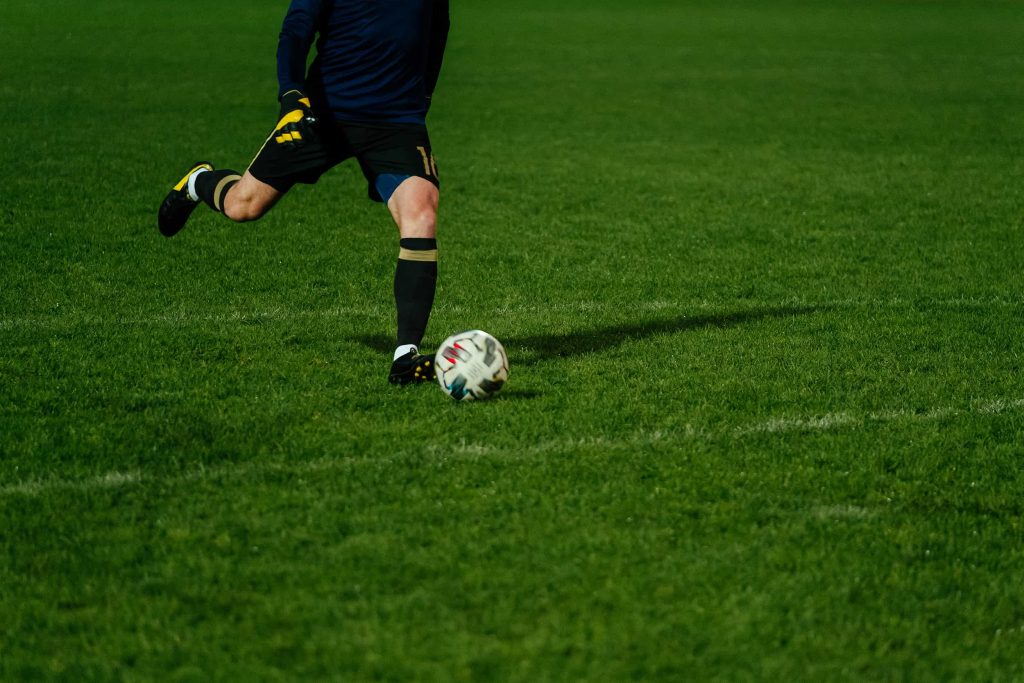Borussia Dortmund succumbed to their first defeat of the season against Atletico Madrid on Tuesday (06/11), on UEFA Champions League matchday 4. Lucien Favre’s side were outplayed tactically and Diego Simeone yet again proved how effective a solid defensive unit can be. Statistically, it was a disappointing performance by Dortmund as they had 68.3% possession but only managed 4 shots the whole game.
The result shouldn’t be all too discouraging for Dortmund considering their form and the fact that they played at the home of one of the strongest defensive teams in the last decade. However, what will be a worry to Favre, is the fact that they might struggle to break down really well-organized defences going forward this season. Let’s take a look at their issues during the build-up that prevented them from creating more chances against Atletico this past game.
Atletico’s Pressing Scheme
Simeone made a subtle adjustment to Atletico’s pressing scheme for this match compared to the last. Atletico’s forwards started the press in advanced midfield and allowed Toprak and Manuel Akanji time on the ball. Last game (when Costa started up front), the two forwards started higher near Dortmund’s box, making sure they had early access to the ball before pressing as soon as the ball was played from Burki to the centre-backs. Besides that, the aim from the press remained the same – allow the centre-backs to play into the full-backs before initiating the press.
The central axis was well-defended as usual with Saul and Correa tucking in, in the first phase of the press, before closing down Dortmund’s full-backs as passes were played into them. Often, Hakimi and Piszczek were forced to play back to their centre-backs because of Dortmund’s structure that didn’t allow them to take advantage of the space in behind Atletico’s midfield. The double pivot in Dortmund’s midfield puts a lot of pressure on Marco Reus to act as the team’s main attacking outlet when they’re under pressure. Atletico also had two in midfield and either Rodrigo or Partey remained close to Reus (depending on where the play was located) meaning the captain could only support the build-up if he dropped deep. This is probably exactly what Diego Simeone wanted. Dortmund’s supporting forwards, playing in deep areas, facing their own goal, without any other forwards to combine with.

Favre’s use of Delaney and Witsel in the double pivot is undeniably effective, however, it limits the fluidity of Dortmund’s ball circulation as their positioning very predictable and it made it easy for Atletico Madrid to negate their influence. The forwards used their cover shadows to mark the passing lanes from the centre-backs into midfield. Saul and Correa did the same when passes were played to the full-backs, pressing from infield towards the flanks.
With Reus’s influence having been diminished as well as the ability to Witsel and Delaney to effectively dictate play from deep, Sancho and Pulisic had the responsibility of supporting play (as Dortmund’s wingers do in all of their games). It was in the wide areas where I felt Dortmund could’ve taken more risks. By dropping deep to support the full-backs, Sancho and Pulisic would almost always be tracked by their opposing full-backs. This opened up space in behind which both Paco and Reus could’ve use to run into and receive passes from deep.

Personally, I think Favre could’ve instructed his team to be more aggressive in attacking these areas even if it meant that their defensive balance would’ve been compromised. Of course, it’s not that simple and even if they did manage to exploit those areas consistently, there would still be the issue of creating quality chances. Dortmund’s best chances come when their forwards are positioned compactly, which allows them to combine and progress forward effectively. Such a situation wouldn’t have suited combination play which brings me back to the issue of structure. It was too easy, especially for a side like Atletico to defend against Dortmund’s 4-2-3-1. Atletico Madrid are known for their extremely compact defending. As I’ve said before, Dortmund’s main attacking strategy is to create space in between opposition midfield and defensive lines before attacking that space with the speed, skill and synergy of their forwards.
According to me, this game required an extra man in midfield, so a 4-1-4-1 structure, which Dortmund have used this season, might have given them an advantage that the 4-2-3-1 could not. It would’ve meant that Dortmund could not utilize the abilities of Delaney in defensive midfield but it would’ve given them an opportunity for a much smoother build-up as well as an extra man in attacking zones, running from deep.

Midfield Possession
Dortmund did have established possession in midfield but this was where they struggled even more because, in the build-up, Atletico decided to drop off in later periods. The team lacked access to the half-spaces because, again, their structure didn’t support such play (especially without compromising defensive balance) but also because, again, Atletico are experts at closing down valuable attacking areas. The move before Griezmann’s goal actually began when Delaney was muscled off the ball near Atletico’s box and was left trailing for Atletico’s counter attack.
Dortmund, in particular, focus on creating high-quality chances rather than making crosses from deep because they have no forwards with good aerial ability (plus Atletico defend crosses better than most teams in the world). This made the task of creating chances much more difficult. Atletico were simply sharper with their defensive and attacking actions in this game, preventing them from making the same positional and technical errors that resulted in a 4-0 defeat in the previous fixture.
Conclusion
Bayern Munich will present a really tough task for Dortmund in the Bundesliga this weekend. Dortmund, however, have an opportunity to learn from this game and rectify their mistakes. I really hope to see a shift to a 4-1-4-1 formation during the game as well as the inclusion of Mahmoud in midfield alongside Marco Reus.
His distribution abilities are second to none in this team and he provides support in advanced areas like no other midfield player in Dortmund does. The game might require Dortmund to press high on a few more occasions during Bayern’s build-up and a 4-1-4-1/4-3-3 shape would do well to disrupt them from playing from the back. If they are positioned in their midfield block, Dortmund will also be able to match Bayern man-for-man in midfield and prevent midfield overloads, which is very dangerous against a side like Bayern, particularly when defending more passively in a midfield block.



